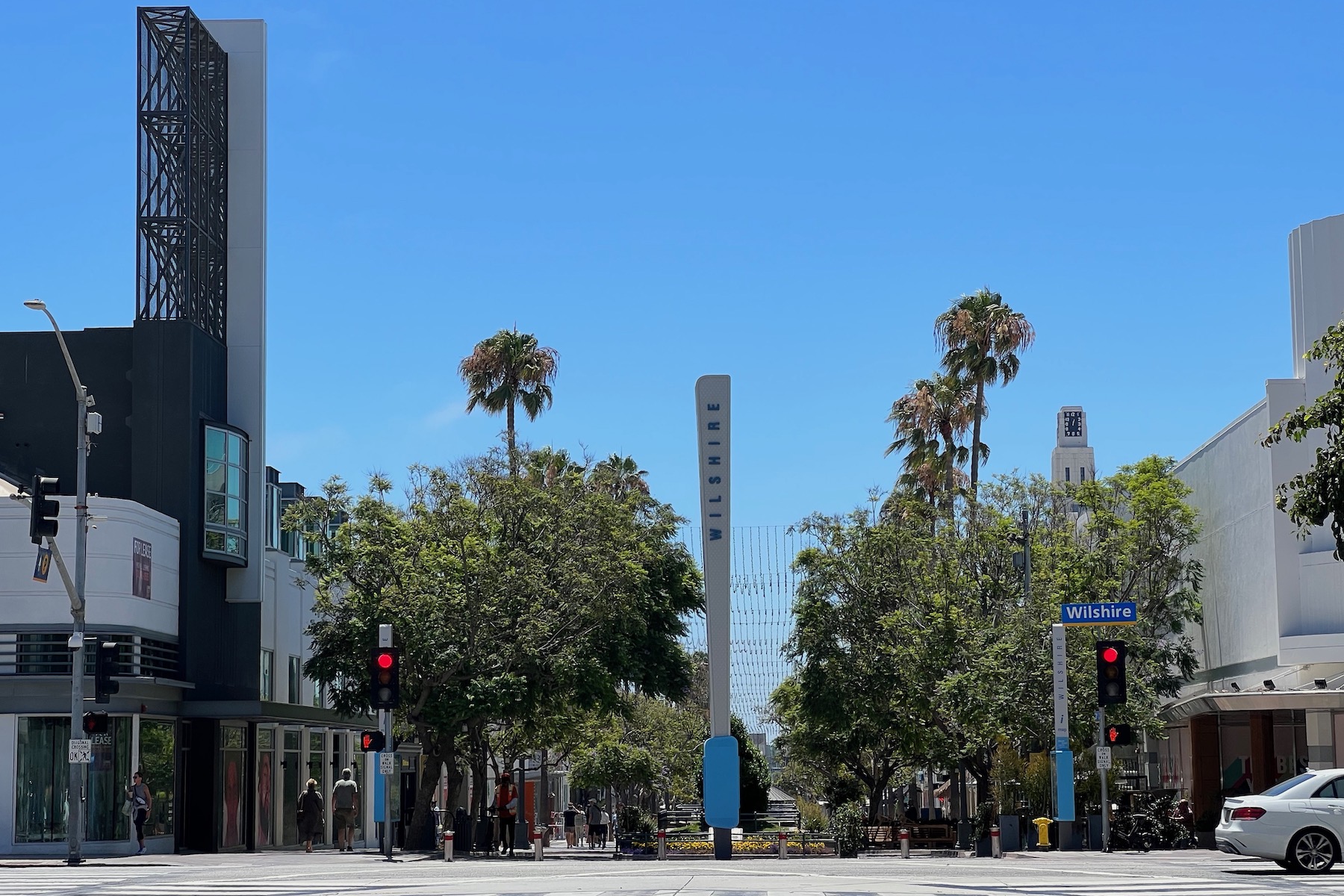Dear Editor:
I’m writing in response to the recent Opinion piece regarding the City of Santa Monica’s goal to pursue Living Building Challenge (LBC) certification for the planned City Services Building. It might be helpful for readers to understand what the Living Building Challenge is, what it isn’t, and why and how local governments have used the Living Building Challenge to demonstrate forward-thinking solutions to the very real environmental and social issues we face. I’ll also how a Living Building can shape the impact on the future of development in Santa Monica.
Living Buildings are resilient, mostly self-sufficient structures that provide energy and water security for decades to come, future-proofing against climate change and the associated environmental, energy, and water costs, ensuring that buildings make a positive community contribution and saving money over the life of the project. Projects that have achieved the Living Building Challenge are certified based on proven performance, and are designed and operated to give more than they take.
It’s important to note that the Living Building Challenge is not a content, it is a holistic approach to development. Every building that registers for the Challenge does not have to meet every imperative of the program. There are three levels of certification possible: Living Certification (which requires compliance with all Imperatives), Petal Certification (which requires compliance with at least three Petals, one of which must be Energy, Water, or Materials), and Zero Energy Certification. The framework provides flexibility, and we support project teams wherever they are on that spectrum. As information, the seven Imperatives are: Place, Water, Energy, Health & Happiness, Materials, Equity and Beauty. Rather than a checklist or a contest, the LBC is a dynamic performance-based program that allows project teams to determine the most appropriate way to meet performance standards based on the project’s program, goals, needs, budget, climate, and community and ecological context. The system is also based on actual, proven performance — not modeled or projected performance — with all projects being required to meet provide a full year of performance data during the certification process.
We would also like to clarify assumptions made about the cost of Living Buildings. A high performing building delivers a high quality experience to its occupants and the community, and sometimes incurs higher first costs for design and construction. However, Living Buildings also proved long term costs savings in terms of low to no utility bills, fewer sick days for occupants, and higher levels of productivity for occupants. They also reduce burden and costs on community and municipal infrastructure and provide community benefits. In many cases they also bring in economic benefits through their ability to garner higher lease costs and attract tourists and visitors to the area. Owners and the communities in which they live reap long term financial and other benefits from Living Buildings, making them a smart and responsible investment.
The City of Santa Monica continues a tradition of innovation and leadership, joining other progressive communities that have invested in environmentally, socially, and financially responsible buildings — cities like Berkeley, CA, where the West Berkeley Public Library achieved Living Building Certification, and American Samoa, where the EPA’s Office is Zero Energy Certified under the Living Building Challenge. These buildings are points of pride, hope, and vision for the community.
We welcome residents of Santa Monica to explore these projects, the 72 certified projects, and the Living Building Challenge at the links below.
Thank you,
Kathleen Smith












